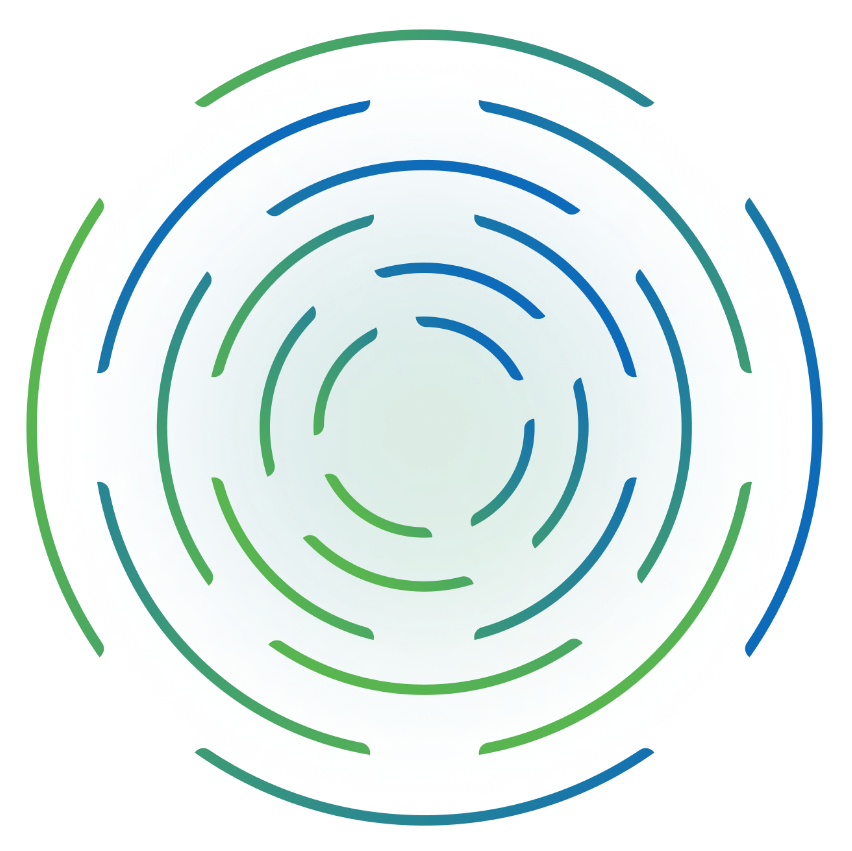Application performance management solutions have become a critical part of the IT stack as business operations increasingly rely on software. In the past, monitoring tools kept an eye on applications to ensure they were working as intended, delivering reliable customer experiences, and ensuring business continuity. However, as today’s applications have become more complex, diverse, dynamic, and scalable, traditional monitoring technology is giving way to application performance management (APM) tools driven by Artificial Intelligence for IT Operations (AIOps).
APM tools continue to provide monitoring functions that collect and communicate information about application performance. However, APM tools are also designed to provide deeper analysis, automate root cause diagnosis, and enable proactive and automated remediation.
As the market for application performance management tools continues to mature, AIOps platforms like ScienceLogic are leading the way. By tracking changes in real time and consolidating application and infrastructure performance data into an operational data lake, ScienceLogic’s APM tools let you monitor and manage key applications – no matter where they reside – to ensure greater end-user satisfaction and operational continuity.
Application performance management vs. monitoring
Traditional application performance monitoring is a passive process. It keeps watch over applications and the infrastructure on which they run, and it reports changes in status back to IT teams. This information helps IT specialists identify issues, analyze root cause, and make decisions about how to respond to and fix problems. These application monitoring capabilities are important for maintaining the health and availability of applications. However, they only offer an incomplete picture since they look at a single layer of your IT stack – the application.
The need for a more holistic solution is the reason for the rise of application performance management. APM tools provide performance data about individual applications and the infrastructure resources they use. However, few have also collected data and context from your entire complex IT environment. IT leaders must find APM tools that discover and collect all the data associated with the configuration items that comprise your IT environment, including the availability and health of applications, the topology of dependencies between apps and infrastructure, and the behavior of IT components and their effect on business service performance.
To take advantage of the power of application performance management, APM tools must deploy a meaningful level of automation, driven by AIOps. Data, reports, and alerts generated by today’s APM tools are simply too voluminous and complex for human IT teams to manage on their own. AIOps enables APM tools to focus on the entire IT ecosystem and to present data with context that speeds understanding. AIOps also enables deeper analytics using AI and Machine Learning (ML). Most impressively, AI-powered APM tools provide tight closed-loop automation that enables ITOps to actively change, modify, heal, and optimize applications.
That’s where ScienceLogic excels.
Application performance management tools from ScienceLogic
ScienceLogic is a leader in intelligent, automated IT operations management and IT infrastructure monitoring, providing modern ITOps teams with actionable insights to predict and resolve problems faster in a digital, ephemeral world. ScienceLogic’s AI Platform provides application performance management (APM) tools and integration that enable IT teams to manage applications and services performance holistically. Working in lockstep with line-of-business owners, application developers, and DevOps teams, ITOps can use ScienceLogic’s APM tools to anticipate risks and proactively assess the impact of changes to ensure an uninterrupted customer experience.
SL1, part of the ScienceLogic AI Platform delivers comprehensive observation across multi-cloud and distributed architectures, using patented discovery techniques to span the breadth and depth of your IT environment. It contextualizes data through relationship mapping and uses rich integration and automation to act on the insights developed through AI-powered analysis.
Using this AIOps technology to drive application performance management, APM tools on the ScienceLogic platform enable your teams to:
- Gain full-stack visibility. Combine APM data with extensive infrastructure data to extend the reach of your APM tools.
- See the impact of infrastructure on apps. Map infrastructure and application relationships in real time to expedite root-cause analysis.
- Understand the impact on the business. Apply business-rich context to app and infrastructure relationships to manage business services more effectively and minimize business risk.
- Automate IT workflows. Improve IT service management by keeping your CMDB up-to-date and automatically populating it with data about the relationships between apps and infrastructure.
- Improve customer experiences. Monitor performance and availability for all your customer-facing applications in one place, speeding incident resolution that could impact customer experiences.
- Accelerate cross-team collaboration. Unlock data silos and establish a unified view for ITOps and application teams to improve collective problem-solving.
Additional capabilities of the ScienceLogic AI Platform
Along with APM tools, SL1, part of the ScienceLogic AI Platform provides additional capabilities to unlock the power of AIOps.
- Hybrid cloud monitoring. ScienceLogic’s SL1 monitors performance across physical, virtual, software-defined, and cloud-based resources running on-premises or in a multi-cloud estate. SL1 bridges the visibility gap by connecting the dots on dependencies between legacy and modern technology, and it leverages cross-domain topology to correlate and assess impacts, reduce event noise, expedite troubleshooting, and avoid outages altogether.
- Business service visibility. SL1 provides deeper visibility into business services, integrating service and app relationships via third-party service mapping or APM tools. Health-availability-risk dashboards make it easy to quickly assess service impact. Machine learning capabilities detect and correlate anomalies and events within a service context to reduce noise and allow teams to quickly zero in on root cause to speed up incident resolution.
- ITSM workflow automation. Integrating SL1 with ITSM tools like ServiceNow enables teams to maintain CMDB accuracy in real time. The platform automatically creates and enriches tickets with triage information, routes them to the right scene, and updates and closes tickets and related events automatically. By eliminating manual workflows, SL1 increases accuracy, reduces risks and costs, and accelerates onboarding of new technologies.
- IT workflow automation. ScienceLogic enables automated troubleshooting and triage to reduce costs and eliminate errors. Putting information at the fingertips of your IT specialists, ScienceLogic helps solve problems faster, radically reduces mean time to prepare (MTTR), and enables teams to shift to higher value work. Low-code authoring tools allow teams to build custom workflow automations and expedite automation rollout.
Why ScienceLogic?
Organizations and ITOps teams across the globe trust ScienceLogic’s infrastructure monitoring tools to monitor their digital footprint wherever it resides and ensure visibility and availability of business services across their IT environment. Combining solutions for AIOps, observability, network automation, and IT operations monitoring, ScienceLogic speeds digital transformation by taming the complexities of managing highly distributed IT services.
The ScienceLogic AI Platform sees everything across all technologies, data centers, clouds, and vendors, using patented technology to discover everything within an IT environment. ScienceLogic empowers intelligent, automated IT operations to free up time and resources, and it drives business outcomes with actionable insights. The ScienceLogic platform has met the rigorous security standards of the U.S. Department of Defense (DoD) and has been proven for scale by the world’s largest service providers, enterprises, and government agencies.
APM Tools FAQs
What are application performance management (APM) tools?
Application performance management (APM) tools are software solutions designed to monitor and manage the performance and availability of software applications. By providing insights into various aspects of an application’s operation and of the infrastructure it runs on, APM tools help organizations achieve optimal performance and quickly resolve any issues that arise.
What is AIOps?
AIOps stands for Artificial Intelligence for IT Operations. It’s an emerging field of technology that uses artificial intelligence, machine learning, and big data analysis to enhance and automate the work of IT operations teams (ITOps). AIOps platforms are designed to improve the efficiency and effectiveness of ITOps teams by automating tasks, speeding incident detection and response, and automating route-cause analysis.
What is digital experience monitoring?
Digital experience monitoring is the practice of tracking, analyzing, and optimizing the user experience across digital channels such as websites, mobile applications, and other online services. Digital experience monitoring focuses on understanding how users interact with digital services and ensuring those services perform well, are reliable, and meet user expectations. This approach is crucial for maintaining high levels of user satisfaction and engagement.








